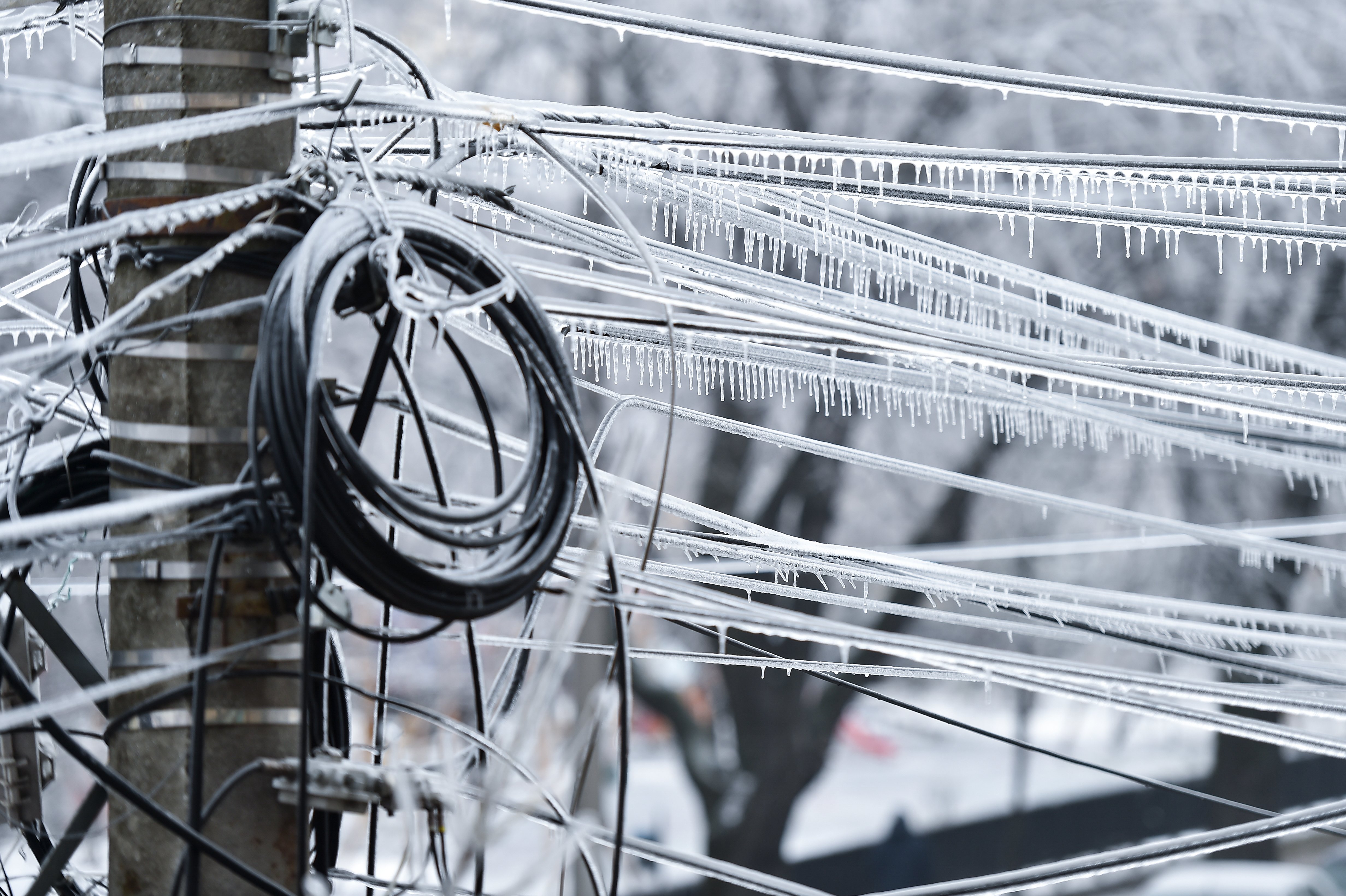The following is an excerpt from our 5 Problems Data Can Solve for Utilities (And 1 Problem It Can’t Solve) ebook. You can access the full report here.
THE Problem
The utility industry is facing ever stricter regulations and being hit with higher fines as consumer demand rises; in fact, the number of companies being fined by regulatory bodies like the North American Electric Reliability Corporation (NERC) is increasing, affecting utilities’ bottom lines. Electric utilities have to comply with hundreds of environmental regulations plus regulations from the Federal Communications Commission, the Securities and Exchange Commission, the Commodity Futures Trading Commission, and the Federal Trade Commission.
To stay on top of all these regulations, utilities need to not only collect data on the condition of their assets, but also to ensure compliance by measuring overhead lines and clearances—a slow and laborious process. “Traditionally, ground teams walk the line with a measuring stick,” says Patrick Mills, Director of Data Services at PrecisionHawk. “They may average 20 poles per day.”

THE Data Fix
If a utility is faced with a lawsuit or audit—or an inquiry from regulators, customers, media, or the government—it’s important to be able to present detailed and accurate asset data.
GIS data acquisition and analysis solutions can help. “Standardized, analyzed data about what a pole looked like at a certain point in time is a defensible record about whether that pole likely contributed to a fire,” says Tyler Collins, Vice President of Energy Solutions for PrecisionHawk. “Checkmarks and handwritten notes on a form carried on a clipboard are harder to defend. This is about legal resilience, not just environmental resilience.”
Regulatory bodies also want requested data fast. Replacing ground teams with drones outfitted with stereo cameras can help increase the speed of data collection and analysis, helping utilities stay on the right side of regulations. “This quickly gives you information for both measurements and visual inspections,” says Mills. Then, machine learning- and artificial intelligence-based solutions can process the data, analyze it, and report on it more quickly than human analysts can do on their own.
Download our ebook, 5 Problems Data Can Solve for Utilities (And 1 Problem It Can’t Solve), to learn how you can improve your utility with data.




